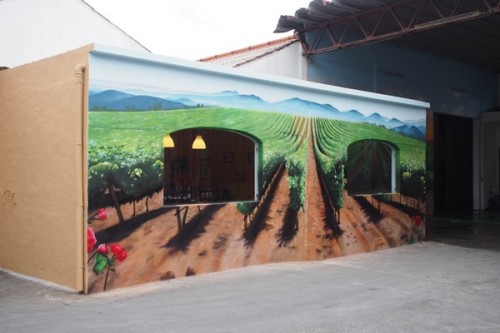
I’ve spent the day in the Tejo region of Portugal. I left my hotel at 0745 and arrived back past 11 pm. During that time I visited six producers, had lunch, and had dinner, so there was no free time and I have only enough energy left for a quick blog post. With some pictures.
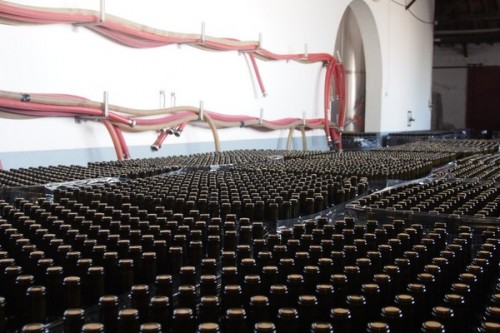
The headline? This is a region that was until recently a source of inexpensive table wines, with Lisbon – a strong market – very close. The yields that can be achieved on some of the alluvial terroirs here are quite heroic, and decent whites can be made at 20 tons/hectare. But of late, Tejo has decided it wants to make better wines. And it can, without dropping yields all that much, which means that it can make good wines at good prices.
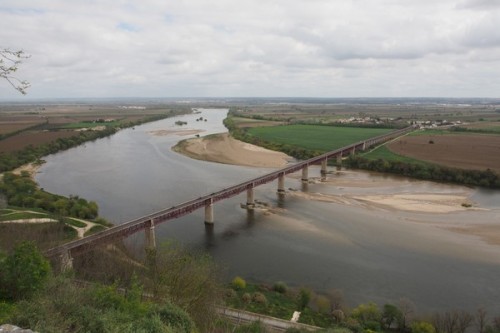
Freshness is the key. This is a region that delivers lovely natural acidity. Zippy whites are its strength, and focused, bright reds, too. But too often the enologists like to try to trick the reds up, by using oak (often chips and staves) and other products. This is a shame: these interventions often get in the way of the lovely vivid fruit.
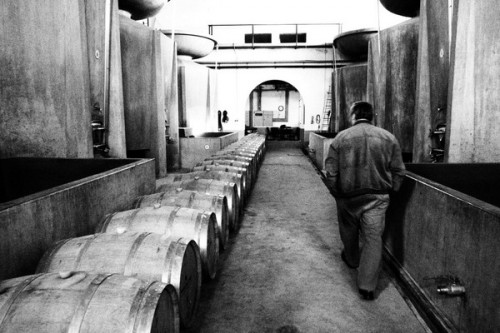
I saw enough potential in two other styles of wines that led me to believe they have a strong future in the region: sparkling and rosé. Good Prosecco-like fizz can be made here at competitive price points, because the grapes often achieve ripeness at 11% alcohol and high natural acidity. And it’s also a region that can make lovely pure, fresh rosé. Producers here are just beginning to make these styles of wines, but given the growth in both categories, it makes sense to focus more on them.
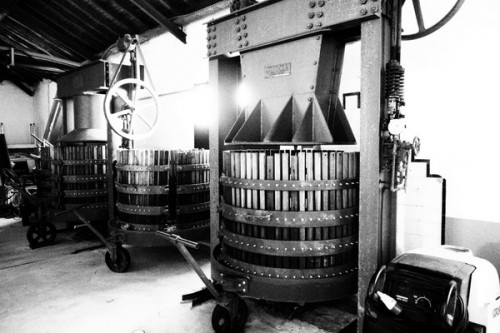
I’ll be writing more later. Suffice to say that I made some nice discoveries, and there’s good potential for Tejo wines in the marketplace.
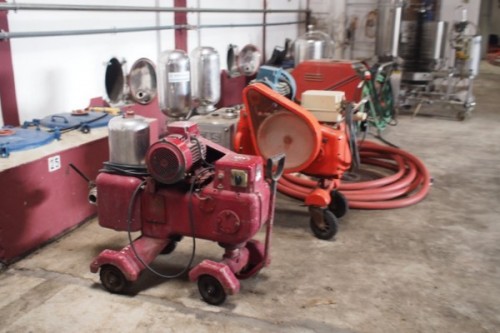
This is a large region with a lowly reputation in Portugal, but it has always been at the vanguard of exports, because of the combination of value and quality. More recently the classical appellations of the north have become more popular so it’s nice to see Tejo trying to get itself back on the map. We’ve used this area as source of our Tagus Creek brand (no surprise there, Tejo means Tagus, the name of the river)and the Terra de Lobos wines from Casal Branco are widely distributed. It’s a good region to provide ‘starter’ wines for those unfamiliar with Portuguese grapes and flavours.
It’s great to see the world speaking more and more about the Tejo Region! And especially due to people like Nick Oakley, who help to spread the word about the qualities our region has to offer. Great article.
Great summary Jamie! I enjoyed reading it. It’s great news for Tejo that you visited. I became a convert to Tejun Fernao Pires this Spring. (So creamy but fresh.)
The producers are well organised and very keen to develop business for the new generation of wine in the UK. In 2017 I’ll be working with them on trade events in the UK, as well as helping to get listings in on-trades and specialist indies.
A group of indie merchants went out there this Autumn, and picked up on a lot of your points: https://storify.com/SarahAbbottMW/tastingtejo
Sarah x